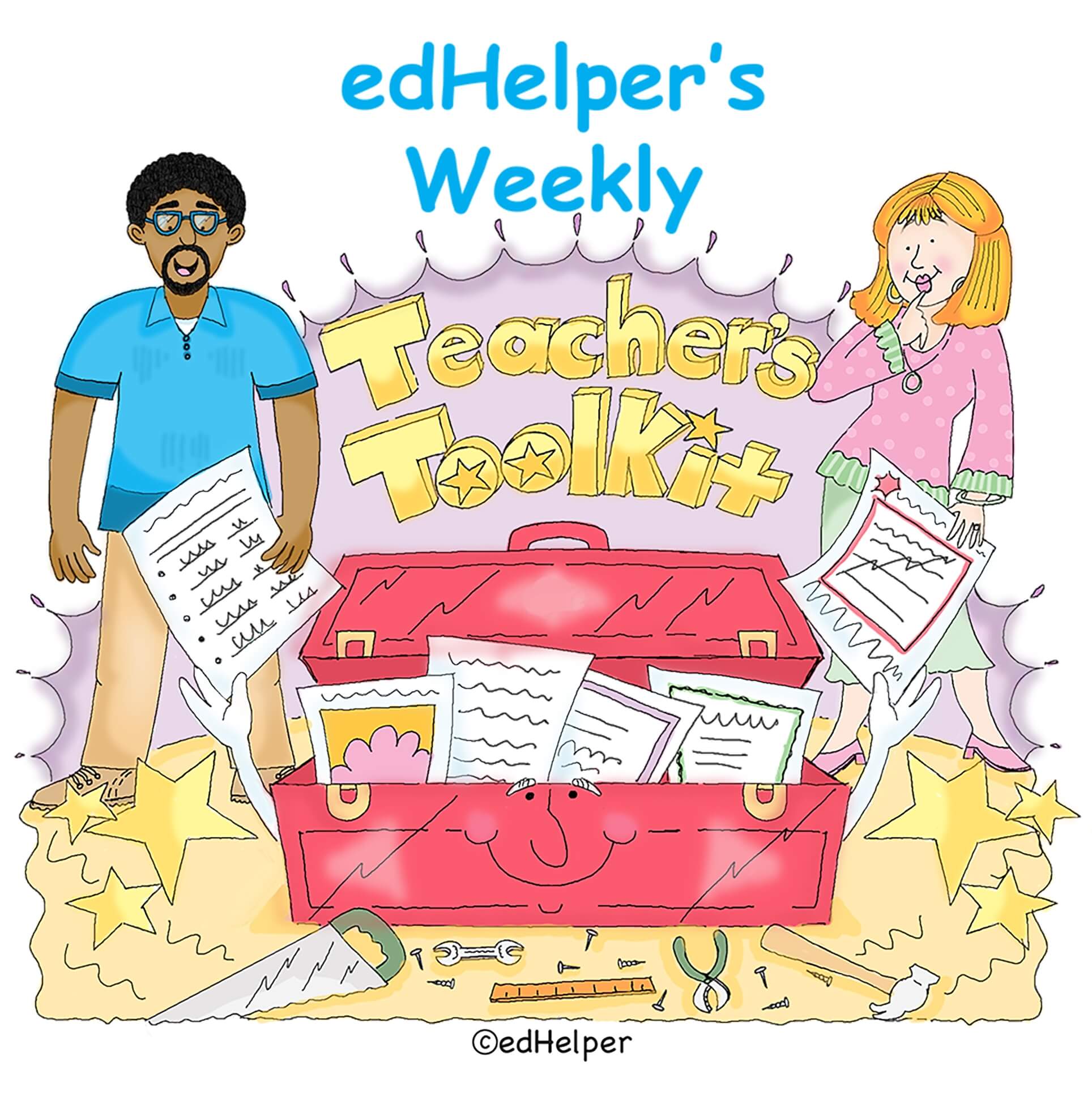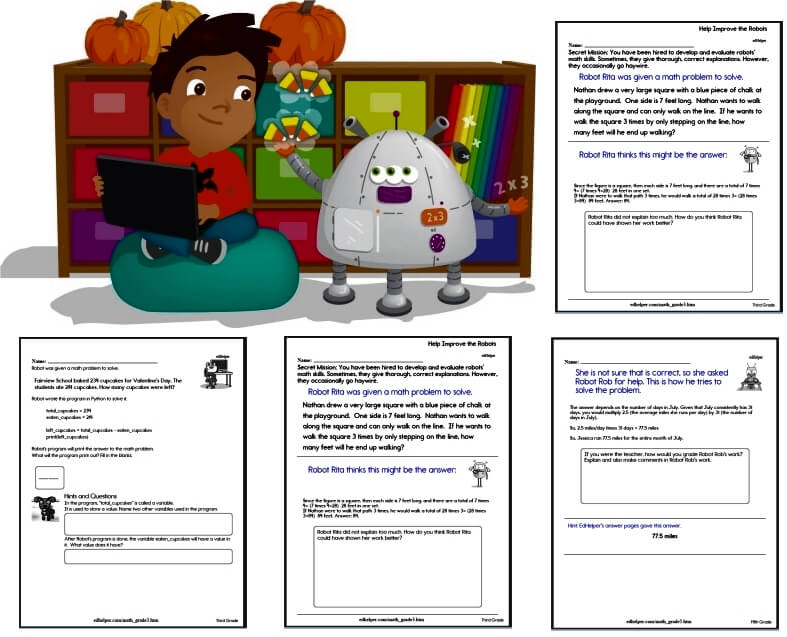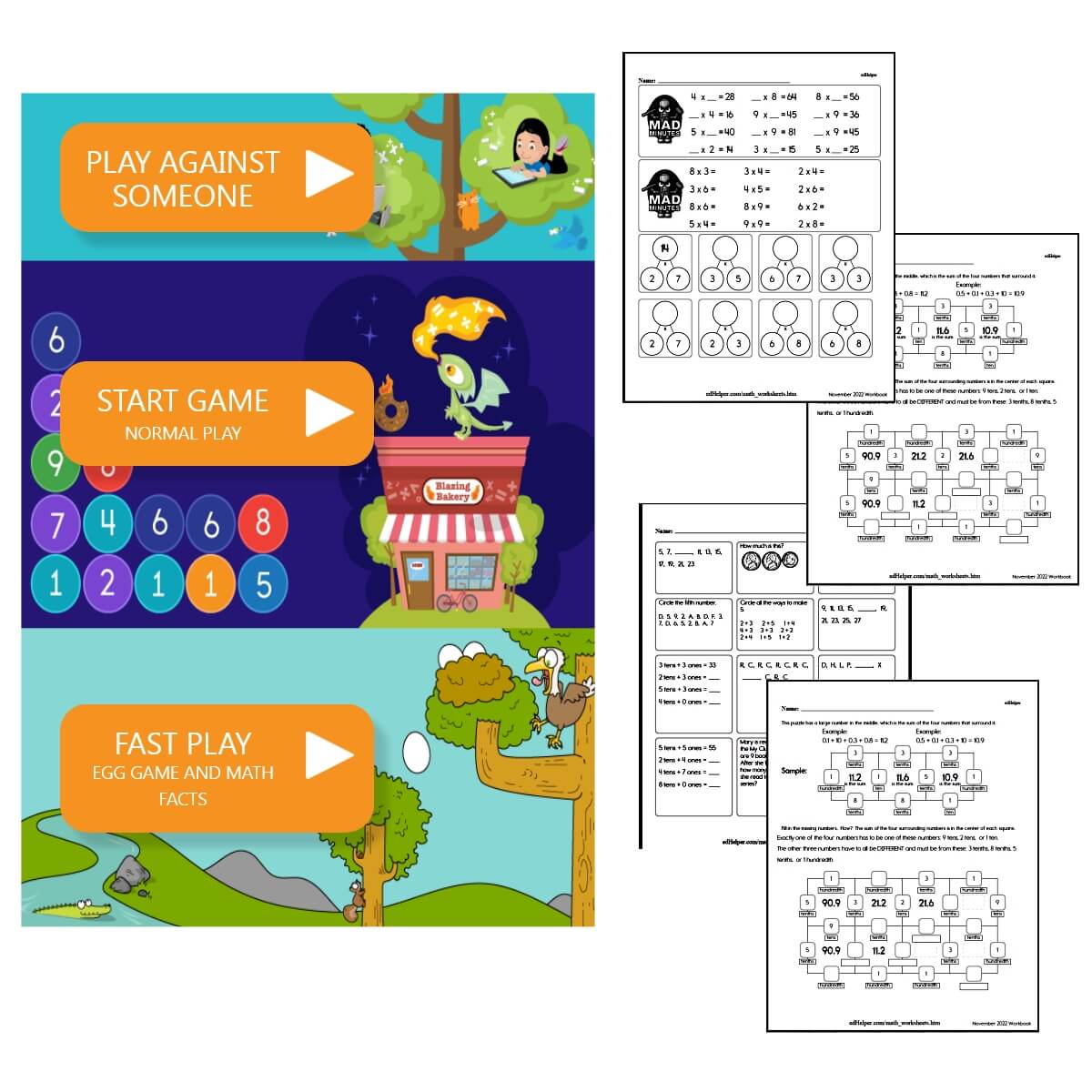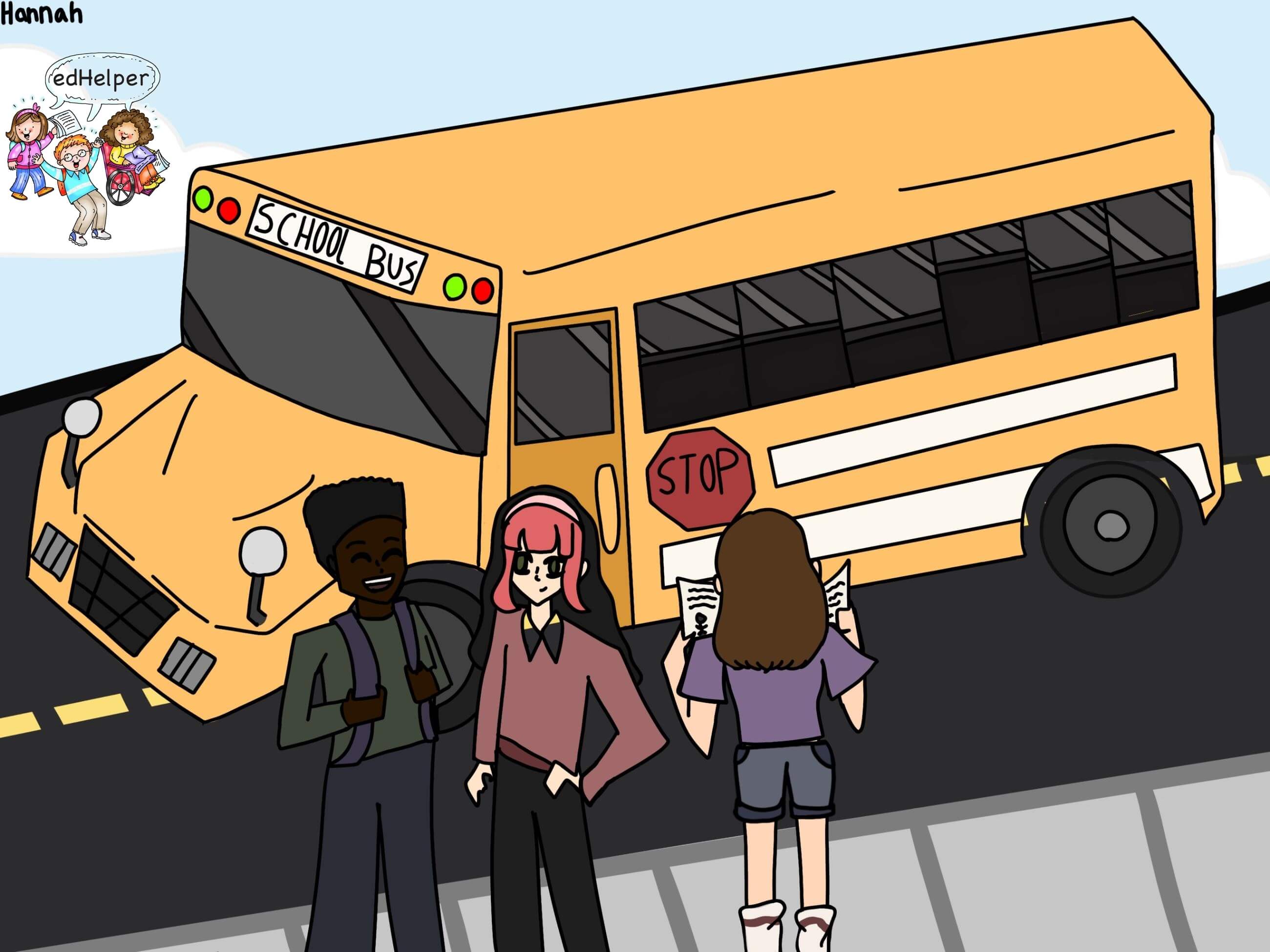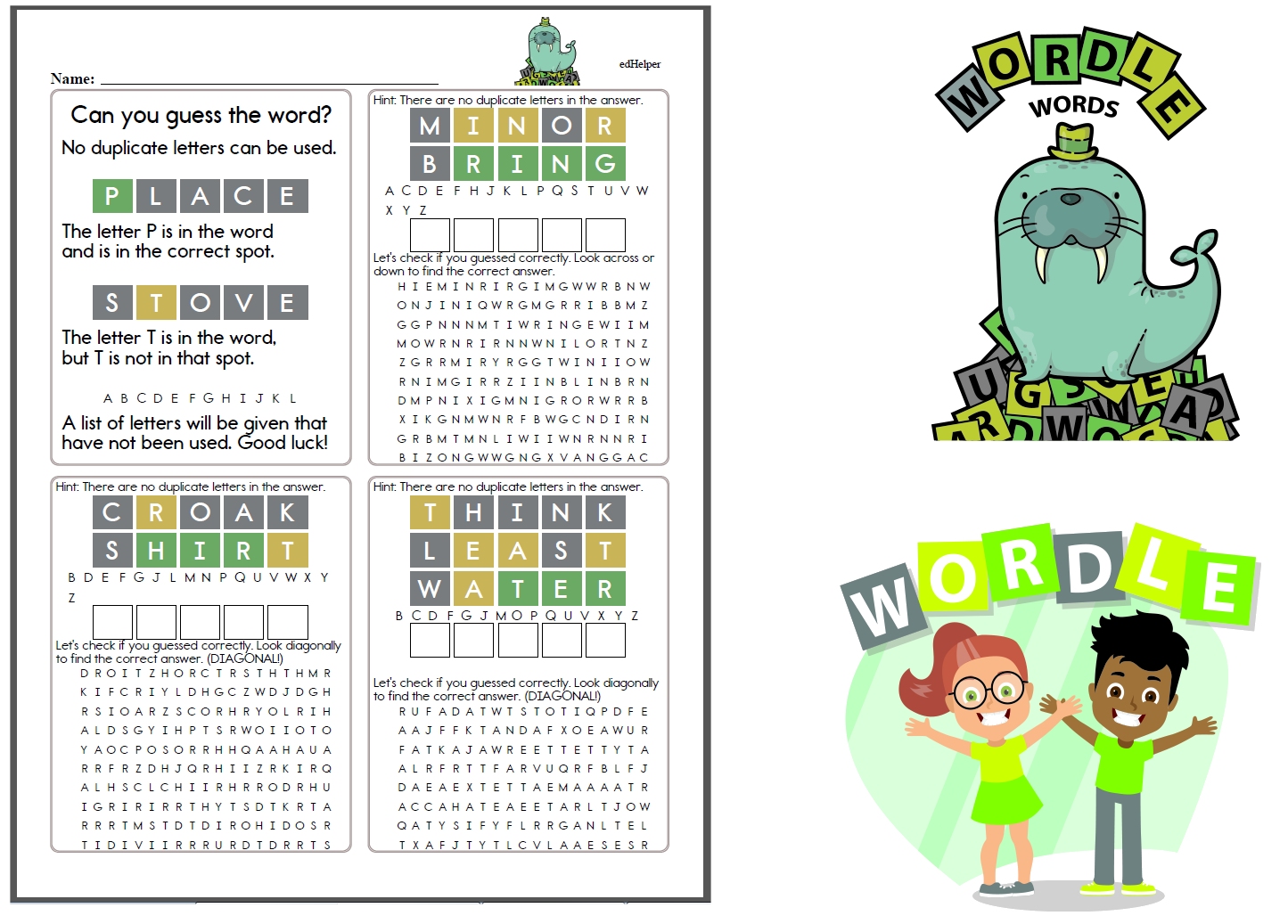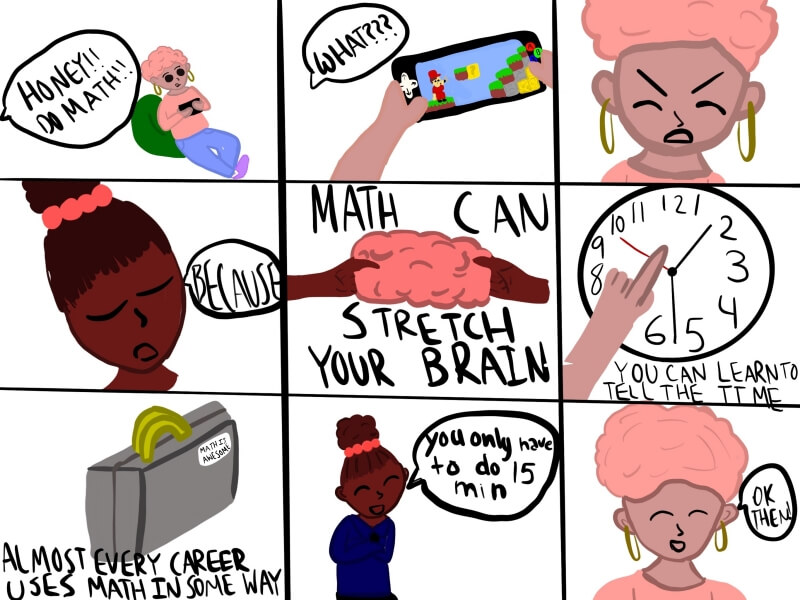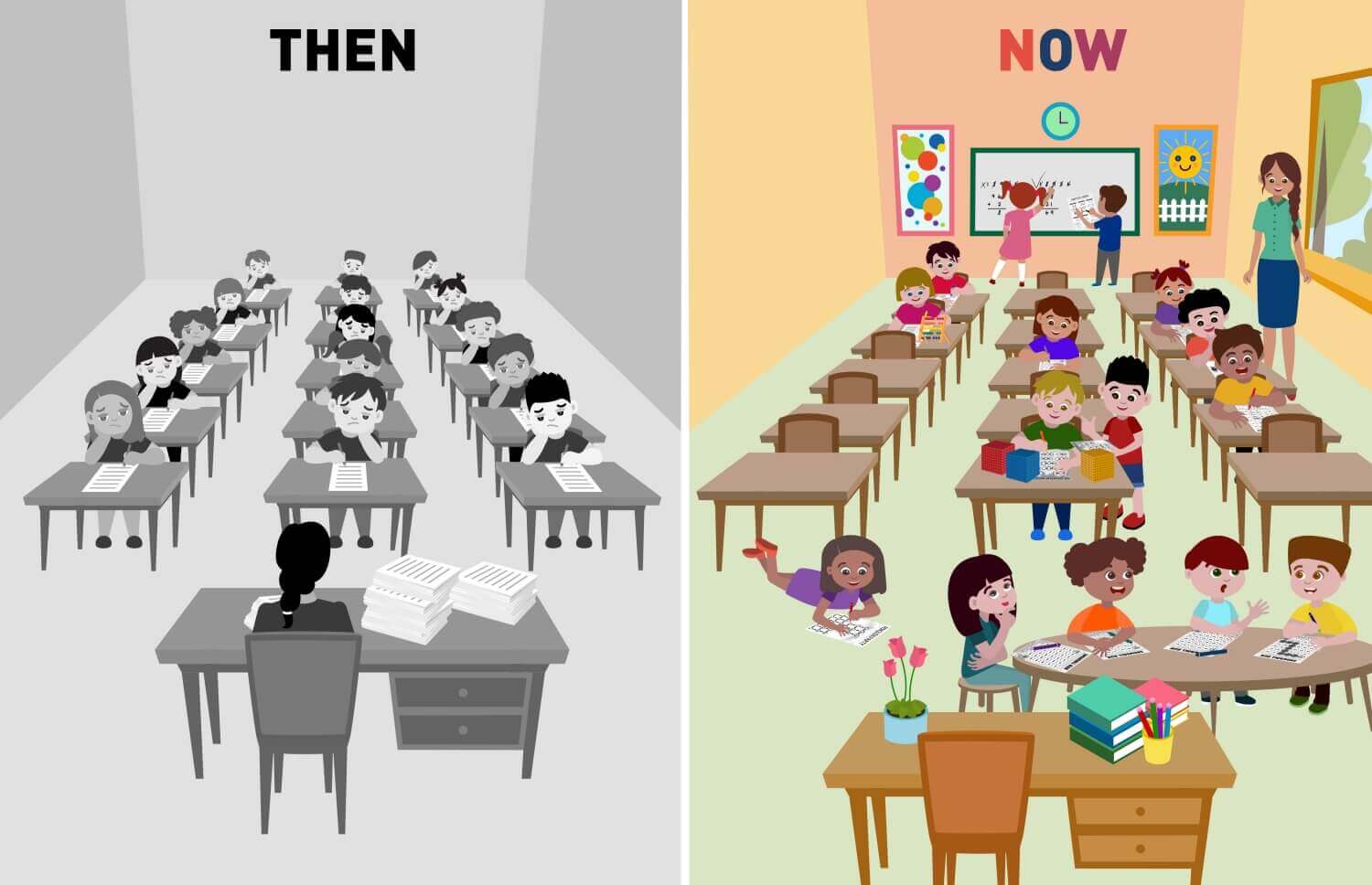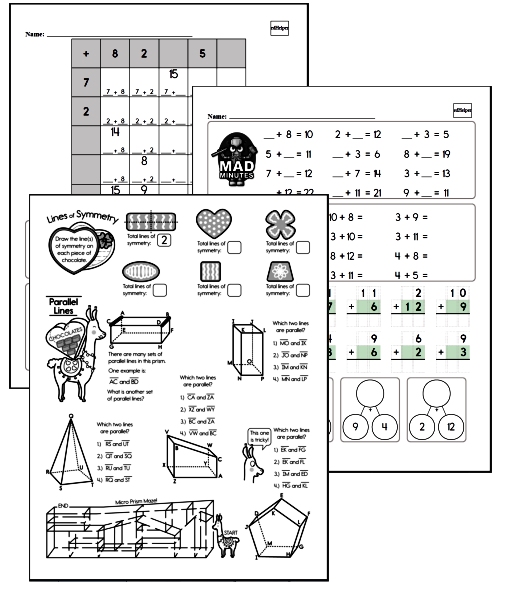Online Teaching Burnout - Top 4 Tips to Increase Online Student Engagement and Save Your Sanity
By: edHelper Staff
Updated: Jan 22, 2021
Have you been diagnosed with online teaching fatigue? Most teachers thrive when seeing their students succeed, but with online classes, it's hard for teachers to feel energized without their students' presence.
There's no vaccine for online teacher fatigue, especially in a year when new challenges seem to multiply daily, and changing policies leave educators' heads spinning week by week. There is, however, a remedy. One of teaching's greatest rewards is seeing students connect with the content-seeing the lightbulb go on and the "a-ha!" moment happen. That can't occur when students are disconnected and when they aren't engaged.
When the shift to distance learning occurred in the spring, it was unknown and filled with challenges, but it still held a bit of novelty. Since the sudden change was unexpected, there was a hint of excitement (mixed with a bit of panic!) that had students engaged. Most were logging in with cameras turned on and, at least initially, participating to one extent or another. Now, months into the start of a new school year with new teachers, new classmates, and new expectations, some of that initial excitement is gone. The novelty has officially worn off. Since it is unclear how long this season of distance or hybrid learning may last, what can teachers do to remedy online learning fatigue and increase student engagement?
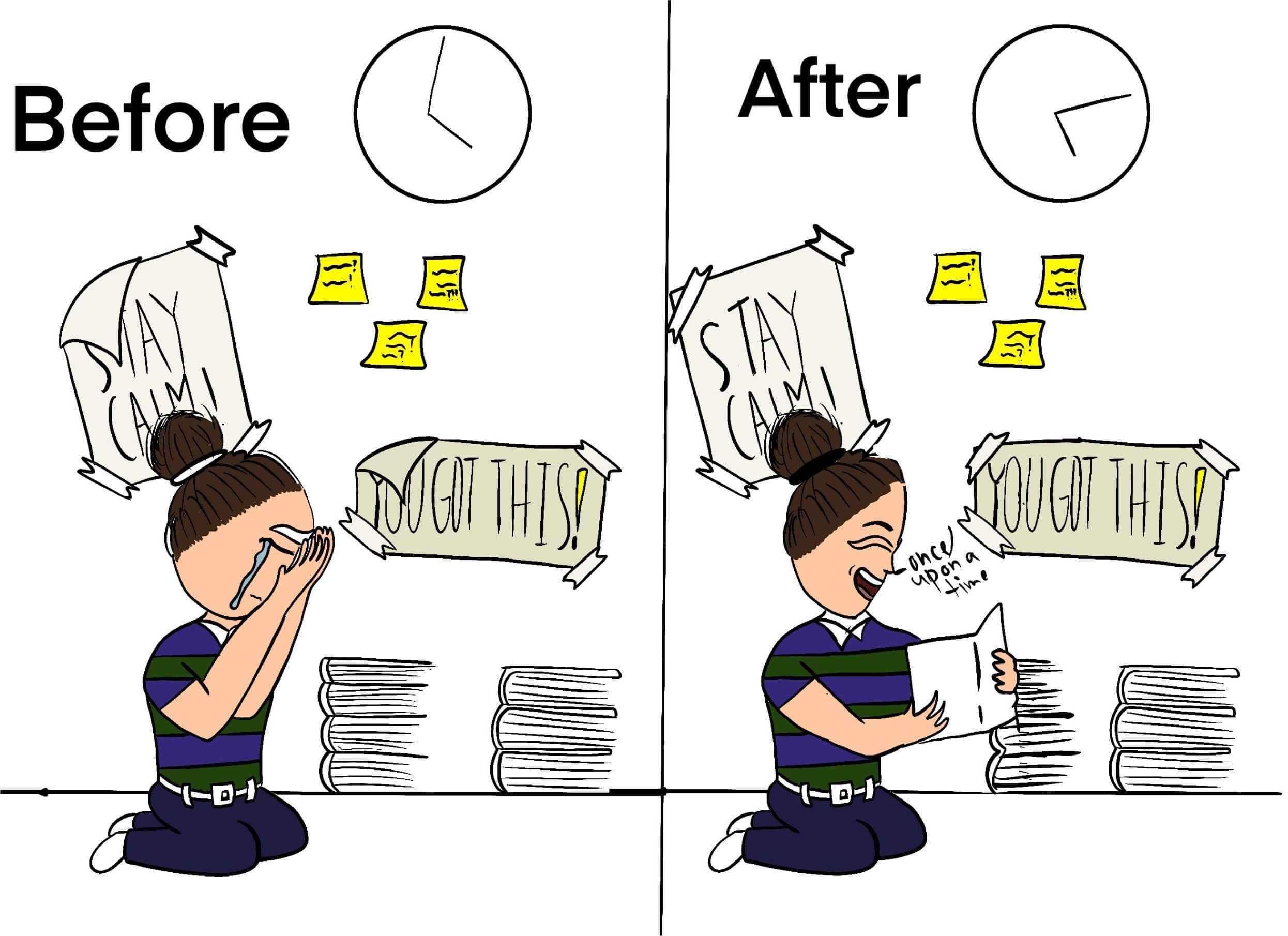
Your Prescription for Better Engagement and Practical Tips to Increase Online Student Engagement and Save Your Sanity
#1 - Find Balance
Students still need a balance of online and offline learning opportunities. Direct instruction and online class engagement are still crucial, but students may struggle to be successful if all of their learning is supposed to take place as a whole group in front of a screen.
Many teachers are finding the flipped classroom strategy to be especially effective during distance learning. Students are provided the content, whether that's through a short video, textbook reading, or other methods, to study before their synchronous learning session. The online class session then becomes an opportunity to practice or discuss the content that was previously assigned. This lends itself to more engagement. Students are coming with a bit of background knowledge and are ready to attempt the tasks at hand. Rather than the teacher doing the teaching for an entire online session, the teacher is able to support practice and facilitate discussion during that time instead.
#2 - Take Breaks
How long can your students focus? On average, a child's attention span is 3-5 minutes per year of their age. So, it's safe to assume that a ten-year-old, for example, should be able to focus on a task for at least 30 minutes. This, however, is during ideal circumstances. Sitting at home with siblings, pets, and countless other distractions is not ideal! Taking frequent breaks will not only help student engagement, but it will help with fatigue as well.
Research has shown that online learning requires a reset or a chance to refocus our attention every ten minutes. Use this as a guide to help cure your online fatigue and that of your students. While you are still on your current topic or in the middle of your current lesson, have your students take a quick break from the current online screen and take a poll, use the chat box to answer a question, or assess their understanding with a quick round of a stand-up and sit-down question-and-answer game.
These breaks can still be content-focused! When working with math, for example, why not instruct your students to take a quick break from their online session and enjoy a five-minute online math game? These quick and crucial reviews, coupled with purposeful technology, still keep your students focused on the current subject but provide a much-needed reprieve from an online class.
Brain Breaks will also help cure both student and teacher fatigue. They are designed to reenergize. Brain Breaks not only help us reset and regroup as the lesson continues; they help teachers and students have fun! Fun is always important, but right now, it is crucial! Energized students who are having fun are certainly more engaged!
#3 - Learners as Leaders
Students are more likely to engage when they feel they have a purpose. One way to increase participation during online (or in-person learning!) is to share the leadership role with them. Assign different student leaders for each session. The leader will be in charge of asking questions and leading the discussions. These may be icebreaker discussion questions or content questions that allow your students to take the lead and facilitate the conversation. This can have several benefits. It not only continues to develop critical communication skills, but it also creates buy-in. Students want to help other students. It builds a community and leads to the engagement you desire.
#4 - Smile for the Camera
There have been mixed opinions about requiring students to remain on camera during online school. While some students are not at all camera shy, others may not feel comfortable showcasing their home environment for a variety of reasons. As teachers, we tend to take many of our cues from the non-verbal communication we get from students. That's impossible if their cameras aren't on. The following strategies may encourage students' camera use:
Team Building Games
Everyone loves a good game! Quick games are a great way to start each teaching session and continue to foster a sense of community while learning online. Games like pass the pen are a fun way to start each teaching session and encourage your students to stay on camera.
Hand Check
Using non-verbal cues to check for understanding also encourages students to stay on the screen. You can go beyond the typical "thumbs up or thumbs down" and try a fist-to-five strategy. This gives students an opportunity to share their degree of understanding, not simply answering with a simple yes or no when asked if the content being covered makes sense.
Virtual Backgrounds
Let's be honest; virtual backgrounds are fun! They allow our students to be creative and feel safe if, for whatever reason, they don't feel comfortable sharing their home environment with their classmates. Encourage your students to use these! Set weekly themes; have contests for the most creative, and have students search online for options that match your current studies. The possibilities are limitless!
Spirit Weeks
Students may be more willing to turn on their cameras for special events like spirit week. Something as simple as setting a theme for a day brings a sense of excitement to the virtual classroom and helps encourage students to show up to class on camera and with enthusiasm.
The daily grind of teaching, today, whether it's strictly online, using a hybrid approach, or back on campus (for now!) is exhausting, but the energy that comes from seeing your students succeed is exhilarating! In order for that to happen, it's imperative that students are engaged. Student engagement is not only a key to student success; it may also be the cure for teacher fatigue and burnout.


